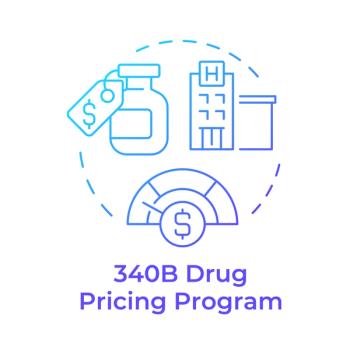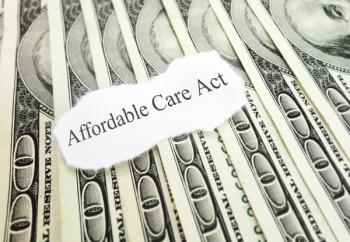
ED use increases among newly insured
Rather than reducing unnecessary, preventable emergency department visits, some healthcare experts say the Affordable Care Act has actually caused them to increase.
Healthcare leaders are realizing that the Affordable Care Act (ACA) did not solve the problem of unnecessary, preventable emergency department (ED) visits. In fact, some experts say the move toward universal healthcare has increased the likelihood that patients are comings to EDs when a primary-care physician would suffice.
Gelburd“For many new to healthcare insurance, it is like giving someone keys to a new car and now they need drivers’ education,” says Robin Gelburd, president of
For starters, health plans and hospital systems may have to create culturally-sensitive ways to educate new patients about when to seek emergency attention, and when to visit a primary-care physician. Nearly 40% of Latinos and a third of blacks say that they would visit an ED for a non-emergency, according to a survey of more than 1,000 adults by FAIR Health released in May.
GerardiA boom in urgent-care centers, retail clinics and increasing access to healthcare insurance has not lowered preventable ED visits, according to a poll by the
“It’s the only place that’s open 24/7, and we never turn anyone away. Rather than trying to put a moat around us to keep people out, it’s time to recognize the incredible value of this model of medicine that people need,” Gerardi says, adding that primary-care services can be even more scarce in states with Medicaid expansion, so finding a physician quickly can be hard for many patients.
The wait time for primary care services has received increased attention, due to the influx of ACA patients in the healthcare system. In Boston, patients can wait up to 66 days for an appointment with a family physician, according to the Merritt Hawkins’ 2014 survey, “
Pantich“There is strong evidence that Medicaid access to primary care and specialty care is not timely, leaving Medicaid patients with few options other than the emergency department,” said Orlee Panitch, MD, chair of the
“In addition, states with punitive policies toward Medicaid patients in the (emergency department) may be discouraging low-income patients with serious medical conditions from seeking necessary care, which is dangerous and wrong.”
Collaborations that work
Organizations across the country are finding innovative ways to decrease preventable ED visits. For some, marketing tools including pamphlets, websites and social media are an affordable way to educate patients about proper ED use.
“It’s not necessary for every health organization to reinvent the wheel on ways to communicate with consumers. We recognize that organizations don’t have the dollars for sophisticated marketing tools,” Gelburd says, adding that FAIR Health and other nonprofits offer private label Web portals, mobile apps, and plan management tools to help healthcare organizations connect with consumers.
In Houston, firefighters bring computers and tablets to house calls, and connect people who request medical attention with primary-care physicians, who can then schedule them for physician visits. The program, called
GonzalezProject ETHAN has diverted 80% of unnecessary transports using the telehealth model, says Michael G. Gonzalez, MD, associate medical director for the
“ETHAN is not providing a routine doctor visit as a substitute for in-person care,” says Gonzalez, who adds that organizations around the world are inquiring about the program model. Currently, ETHAN does not bill patients, and operates 12 hours a day Monday through Friday with plans to expand to weekends.
“ETHAN is focused on matching patients to the appropriate care setting. Which really means, can a costly ambulance transport, and subsequent emergency room visit, be safely substituted by a clinic visit with an in-person doctor?” Gonzalez says.
Another approach, the
The seven-step plan includes:
- A statewide electronic health information system that coordinates care between primary care, mental health and ED practitioners for high-risk patients;
- Patient education materials on how to use healthcare providers;
- Patient care plans for high-risk ED patients; and
- ED physicians enrolling in prescription monitoring programs.
The program has decreased ED visits by nearly 10% in the state since 2012. So far, the program reports $33.6 million savings in Medicaid fee-for-service emergency care costs.
“This effort shows that a collective of government, hospitals and physicians can be challenged to be fiscally responsible stewards of the health care dollar, crafting a program that saves millions of dollars, while fundamentally staying focused on improving access to care and patients’ overall health,” said Stephen Anderson, MD, the past president of the
Donna Marbury is a writer in Columbus, Ohio.
Newsletter
Get the latest industry news, event updates, and more from Managed healthcare Executive.






















































